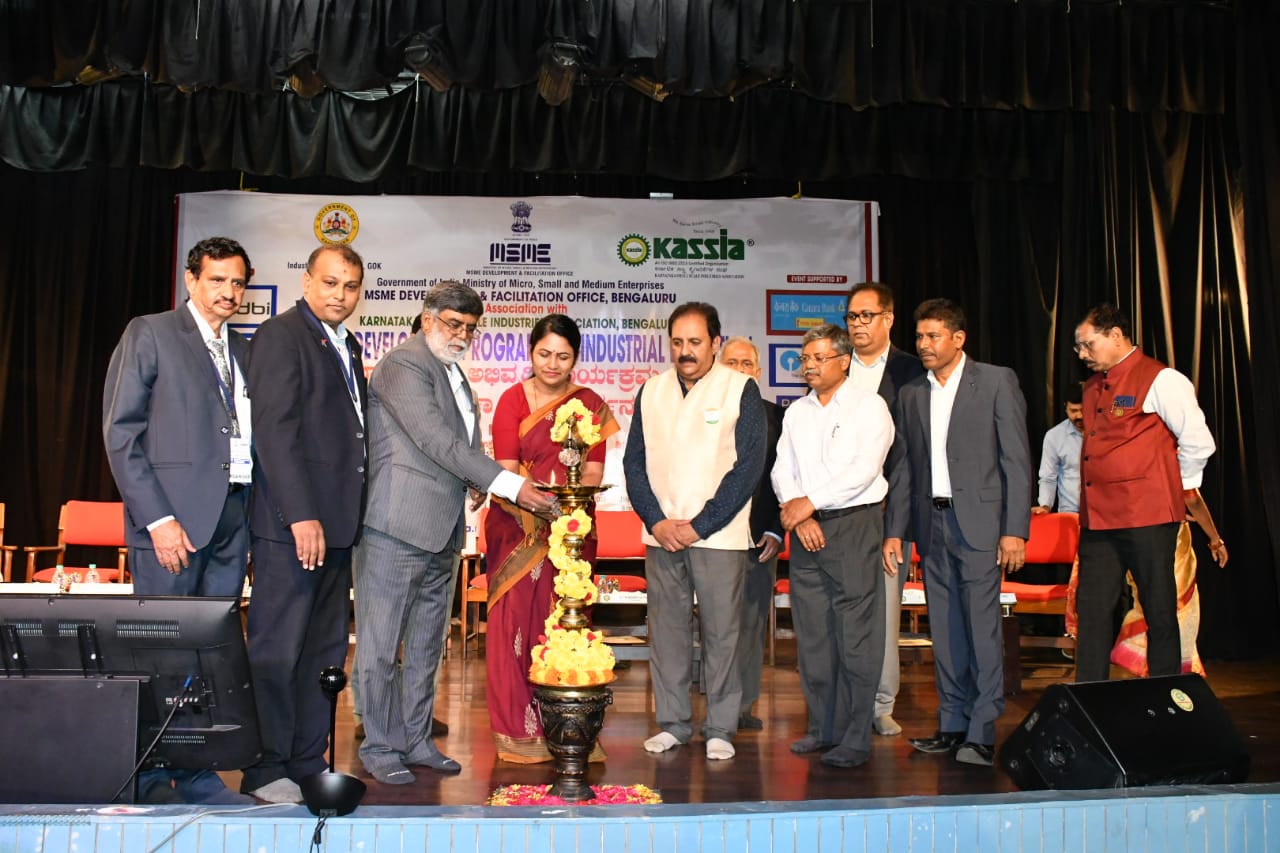Snapdeal, a prominent player in the Indian e-commerce market since 2010, has recently shifted its business approach under the banner of ‘Snapdeal 2.0.’ The company’s current primary goal is to achieve cost efficiency and break even in its operations. This change has significantly impacted Snapdeal’s marketing strategy, as explained by Soumyadip Chatterjee, the Director of Brand Marketing at Snapdeal.
Snapdeal has identified consumers in Tier II and III markets as its target audience. Recognizing the influence of digital mediums on customer purchasing behaviour, the company has shifted its marketing efforts towards influencer and content marketing. Chatterjee emphasizes that influencers have a more significant impact on audiences in these cities compared to distant celebrities. Influencers are relatable figures who move among the target audience, establishing a stronger connection.
To effectively reach its target audience, Snapdeal breaks down its product offerings into subcategories and analyzes the geographical locations and age groups of consumers who purchase specific products. The marketing strategy of Snapdeal 2.0 relies on leveraging influencers on platforms like Instagram and YouTube. Shorter videos are created in collaboration with Instagram influencers while recurring vlogs or review-style content is produced with YouTube influencers. Snapdeal has also experimented with Indian short video platforms, recognizing the vast potential in this market.
Snapdeal aims to establish long-term relationships with influencers to maximize the benefits for both parties. Chatterjee highlights that engaging influencers over an extended period allows them to become involved in the marketing process, including product selection. These relationships extend beyond monetary deals, as Snapdeal values feedback and input from influencers.
Snapdeal’s focus on Tier II and III markets goes beyond marketing efforts. The company has simplified its app’s user interface and experience to cater to users who may not be fluent in complex English. The platform can be used in local languages, ensuring accessibility for a broader range of consumers. Snapdeal also focuses on hosting affordable products, with approximately 80% of its offerings priced under Rs 1,000.
While Snapdeal plans to collaborate with celebrities for promotions in the future, the current influencer-heavy strategy has proven effective for the brand. Once the company achieves its goal of breaking even, it will explore additional avenues for brand promotion and growth.
In summary, Snapdeal’s marketing strategy under ‘Snapdeal 2.0’ prioritizes cost efficiency and targets consumers in Tier II and III markets. The brand leverages influencers on digital platforms to establish connections with its audience, involving them in the marketing process. By focusing on affordability, simplified user experience, and local language support, Snapdeal aims to cater to a wider customer base.





